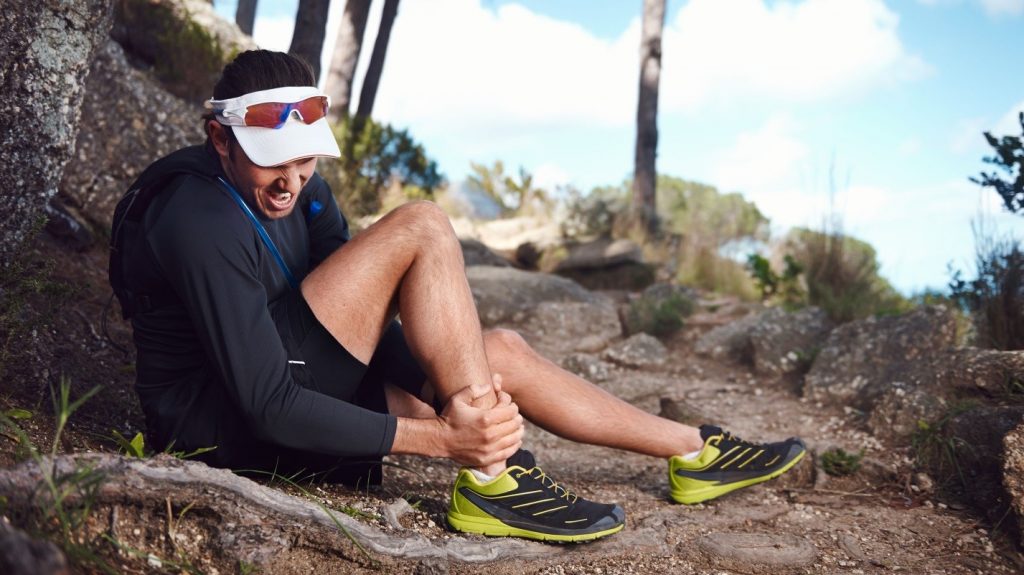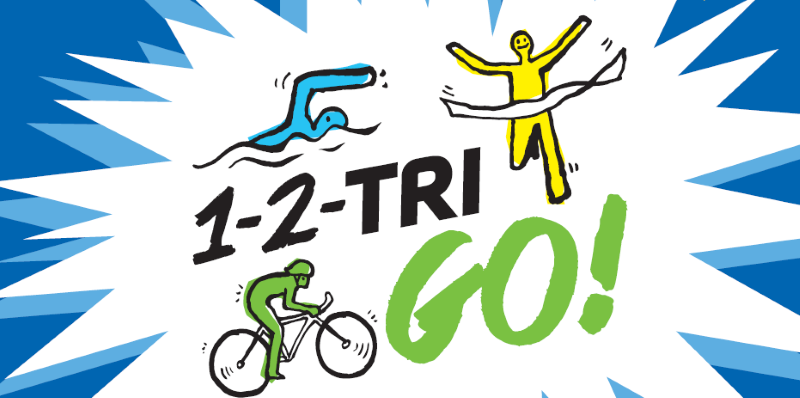Chiropractic, Sports Therapy | by Fortius Chiropractic Team
Whether it was a sharp cut to dodge a rocky outcrop on an unfamiliar trail or you landed on uneven pavement at the end of a 10k, a sharp burst of ankle pain is a tell-tale sign you’ve experienced a sprain.
An ankle sprain is abnormal stress through the ligaments of the ankle, enough that you stretch or cause a tear in the ligament. Ranging from minor to severe, it is one of the most common sports injuries.
With one of the highest rates of re-injury, it’s important to take the right steps to manage your recovery from the beginning. Here are five key steps to rehabbing your ankle sprain, and how a chiropractor can help to optimize your recovery.
1) RICE
One of the main goals immediately after an ankle injury is to reduce pain and control inflammation. The easiest self-care strategy to manage an injury like this is RICE. Chances are that you’ve heard of the RICE protocol however:
- Rest
- Ice
- Compression
- Elevation
2) Seek a Medical ASSESSMENT
Ankle sprains can range from Grade 1 (minor stretching) to Grade 3 (a complete tear). Rehabilitation can range from weeks to months, depending on the severity of injury. As soon as possible, book an appointment with your Primary Healthcare Professional, such as your trusted Physiotherapist, Chiropractor or Physician to get a proper assessment and recommended treatment plan.
In the case of any injury, despite the severity, the proper assessment and intervention are the key to efficient “return to play” and the shortest recovery time.
3) Active Range of Motion – Get It Moving!
One of the first things your practitioner will suggest is to get your ankle moving. Getting the ankle moving sooner will allow for the soft tissue layers to heal in a way that allows the ankle to move well.
One strategy is to let the ankle hang off the end of your bed and draw your ABCs with your foot. Let pain be your guide, with the goal of increasing movement and pain-free range of motion.
A chiropractor can also use a variety of techniques to help get your ankle moving, while aiding with pain and inflammation control.
4) Utilize Manual Therapy
As the ankle ligament starts to repair itself, it will build up scar tissue. Scar tissue often forms in a disoriented pattern around the joint, which can alter the way your joint is able to move and load. Once the scar tissue forms, it becomes much harder to get your ankle mobility back to normal.
Through soft tissue therapies such as Active Release Technique, Graston Technique, and Myofascial Release, a chiropractor can guide the orientation of scar tissue, to optimize your range of motion and ankle flexibility during recovery.
They can also provide stretching techniques and home-care so you can continue to do this work outside of your visits.
5) Weight Bearing & Strength Work
Once you are able to comfortably bear weight, challenging the loading strategies of the tissue is important. This will help strengthen the muscles and ligaments that support the ankle joint.
Co-treating a recovering ankle sprain with a physiotherapist, strength & conditioning coach and a chiropractor can be key to efficient and effective return to play. At Fortius, we have a team of Performance Rehabilitation Coaches who specialize in customized strength and conditioning programs for injury recovery.
Fortius chiropractors can also support in a variety of ways through this process. Using a combination of manual therapies and other modalities, they can help reduce joint inflammation and pain, and increase the mobility of the joint, helping you to build strength in surrounding tissues.
6) Proprioception & Sport Specific Work
One of the final stages of ankle sprain rehabilitation is proprioception. This is essentially our sense of equilibrium or balance. If you were to balance on that ankle, can you remain stable and steady? How does it compare to your uninjured ankle?
Your chiropractor or physiotherapist can give you a series of motor control (balance-based) exercises to help you build that proprioception and lower your chances of re-injury.
They can also apply taping and bracing techniques to help increase support and decrease pressure as your start to progress back to your sport.
At this time, you will also start to incorporate some sport-specific movements, to test and prepare your ankle for the return to your sport or activity. It’s important to work with a strength coach or trainer that understands the demands of your sport specific tasks.
Whether its triathlon, cycling, walking around the block or running trails, progressively transitioning back into sport specific movements is important.
7) Maintenance & Setbacks
Even with an optimized treatment plan and recovery, after your sprain, you are still at a higher risk of re-injury. Regular check-ins with your chiropractor can keep your ankle joint mobile, work through any tightness or dysfunction in surrounding tissues, and help identify signs of re-injury risk.
Don’t worry, setbacks happen. If you do have a setbacks from re-injury or overloading the ankle, a chiropractor can assist in the manual therapy needed to help you get back to your sport, sooner.
Chiropractic Care at Fortius
The Fortius chiropractic team operates in collaboration with our multi-disciplinary practitioner team to ensure you are receiving the best treatment plan.
Chiropractors use a variety of techniques and therapeutic modalities to help you decrease pain and stiffness, increase range of motion and movement efficiency, and improve joint and tissue mechanics. Visit our website to learn more, or to book in today!
Did you know Triathlon BC members receive a preferred rate on select injury prevention and performance testing? If you’re a current Triathlon BC member, Redeem here to save up to 25% using promo code TriFortius2018.




